Red Light Therapy: Everything You Need to Know Before You Try It
Ever wish you could heal faster, look younger, and feel amazing? What if we told you there's a natural, non-invasive therapy that might do just that?
Red light therapy is making waves, but is it all it's cracked up to be? In this guide, we'll break down the science, benefits, risks, and everything you need to know before you bask in the glow.
Ready to glow? Let's get started.

What is Red Light Therapy, Really?
Red light therapy (RLT), also known as low-level laser therapy (LLLT), low-power laser therapy (LPLT) or photobiomodulation therapy (PBMT), isn't as sci-fi as it sounds. It's a simple, non-invasive treatment that involves exposing your skin to low wavelengths of visible red light or near-infrared light. But don't let simplicity fool you—the science behind it is fascinating.
A Glowing History
RLT's roots trace back to the late 19th century when scientists first discovered the therapeutic effects of light. It wasn't until the 1960s, though, that researchers began exploring the specific benefits of red light lasers.
Fast forward to today, and red light therapy is no longer just for astronauts to treat and heal wounds (yes, NASA played a role). It's now used by athletes, celebrities, and everyday folks seeking to improve their health, wellness, and appearance.
More Than Just a Pretty Light
While "red light therapy" is the most common term, you might also hear it called:
-
Low-level laser therapy (LLLT)
-
Low-power laser therapy (LPLT)
-
Photobiomodulation therapy (PBMT)
-
Cold Laser Therapy
-
Soft Laser Therapy
-
Biostimulation Therapy
-
Phototherapy
No matter the name, the principle remains the same: harnessing the power of specific wavelengths of light to promote healing and rejuvenation.
Wavelengths of Red Light Therapy
Red light therapy primarily employs two types of light: Visible Red Light and Near-Infrared Light. They differ in their wavelengths but both penetrate the skin to exert therapeutic effects on the cells.
Visible Red Light Wavelengths (620 nm to 750 nm)
These wavelengths of visible red light penetrate the surface and mid-layers of the skin, mainly used for skin treatment and promoting cellular repair. The commonly used wavelengths include:
-
630 nm: Suitable for moderate skin penetration, used to treat surface issues such as reducing inflammation and aiding wound healing.
-
660 nm: Offers deeper penetration than 630 nm and is effective for stimulating collagen production and tissue repair.

Visible Light Spectrum
Source: https://www.sciencefacts.net/visible-light.html
Near-Infrared Light Wavelengths (760 nm to 1500 nm)
These wavelengths of near-infrared light penetrate deeper into the tissues, suitable for treating deeper muscles and joint problems. The commonly used wavelengths include:
-
810 nm: Penetrates deeply into muscles and tissues, used for pain relief, speeding up muscle recovery, and improving blood circulation.
-
850 nm: Similar to 810 nm but penetrates slightly deeper, ideal for treating deeper tissue injuries, joint pain, and inflammation.
-
880 nm: Penetrates the deepest among the commonly used wavelengths, used for addressing issues in deep muscles and bones.

Infrared Light Spectrum
Source: https://www.sensaweb.com.au/2023/01/20/infrared-radiation/
⭐️ Further Reading:
Which Red Light Therapy Wavelength is Right for You? A Quick & Easy Guide
A Bright Future
Red light therapy is experiencing a surge in popularity, and for good reason. It's being used to address a wide range of concerns, from skin issues and pain management to athletic performance and even mood enhancement. The evidence is mounting, and the possibilities seem endless.
How Red Light Therapy Works? It's Not Magic, It's Science
Red light therapy is not about mystical energies; it's about cellular power. When your skin absorbs those specific wavelengths of visible red light and near-infrared light, something incredible happens at the cellular level.
The light stimulates your mitochondria, particularly the enzyme cytochrome c oxidase, enhancing their ability to produce ATP (adenosine triphosphate), the cell's primary energy source. Picture them like tiny batteries, and the red light is their supercharger. The increased ATP production not only accelerates cellular repair and regeneration but also reduces inflammation and pain, leading to a cascade of potential health benefits throughout your body.

Red Light Therapy Working Principle
Source: https://www.nature.com/articles/s41433-024-03091-4
Types of Red Light Therapy Devices
You've got options when it comes to red light therapy devices. Here's a quick rundown:
- Panels: Large, flat LED devices ideal for treating larger areas like your back or legs.
- Masks: Designed to target your face for acne treatment and skin rejuvenation.
- Belts: Wrap around your waist or other areas for localized treatment.
- Beds: Lie down and bathe your whole body in the therapeutic red LED light.
- Wands: Handheld devices that have red LED lights perfect for spot-treating smaller areas.
Choosing the right device depends on your goals and budget, but they all tap into the same science-backed principles.
Why the Glow? The Benefits of Red Light Therapy
So, what's all the fuss about? Numerous studies have shown that red light therapy's potential benefits extend far beyond a pretty complexion. Let's take a closer look at how it can enhance your health and well-being from head to toe.
Your Skin's New BFF
Forget harsh chemicals and invasive procedures. Red light therapy offers a gentler, natural approach to get healthier, more radiant skin.
- Reduced Wrinkles and Fine Lines: By boosting collagen production, studies found that red light therapy treatment plumps and firms your skin, minimizing those pesky signs of aging.
- Faded Scars and Stretch Marks: RLT stimulates tissue repair, helping to smooth out scars and reduce the appearance of stretch marks.
- Improved Skin Tone and Texture: Say goodbye to unevenness and dullness. RLT promotes a more even, glowing complexion.
- Reduced Inflammation: Whether it's acne, rosacea, or eczema, RLT's anti-inflammatory properties can treat inflammation problems, soothe and calm irritated skin.
- Enhanced Wound Healing: Recovering from an injury or surgery? RLT may help you heal faster and with less scarring.

Aches and Pains? Not on RLT's Watch
If you're dealing with pain, you know how much it can impact your life. RLT offers a drug-free, non-invasive alternative for relief.
- Reduced Muscle Soreness and Inflammation: Whether you're an athlete or just hit the gym a little too hard, RLT can help your muscles recover faster and feel less sore.
- Pain Relief for Conditions like Arthritis: Studies suggest RLT can reduce pain and stiffness associated with arthritis and other inflammatory conditions.
- Improved Joint Health: RLT may help improve mobility and reduce pain in joints affected by osteoarthritis.
- Improved Athletic Performance and Faster Recovery: RLT may enhance muscle recovery, endurance, and performance in athletes, helping them bounce back faster after workouts and competitions.
While RLT can be a powerful tool for pain management, it's important to consult with your doctor to determine the best approach for your specific condition to get ideal results.

Shine a Light on Your Mental Health
The benefits of RLT aren't just skin-deep. It may also offer a surprising boost to your mental and emotional well-being.
- Reduced Symptoms of Depression and Anxiety: Many studies suggest RLT can improve mood and reduce symptoms of these common mental health conditions.
- Better Sleep Quality: By regulating your sleep-wake cycle, RLT may help you fall asleep faster and wake up feeling more refreshed.
- Enhanced Cognitive Function: Some studies suggest RLT can improve memory, focus, and overall brain function.
- Increased Energy Levels and Reduced Fatigue: RLT can boost your energy levels and help you feel more alert and focused throughout the day.
Disclaimer: RLT is not a substitute for professional mental health care, but it could be a valuable complementary therapy.

And That's Not All
Red light therapy's potential benefits don't stop there. It's also being explored for:
- Reduced Side Effects of Skin Cancer Treatment: Light-emitting diode (LED) therapy may help alleviate some side effects of chemotherapy and radiation therapy, such as oral mucositis.
- Improved Thyroid Function: Some studies have shown that RLT may help improve thyroid function in individuals with hypothyroidism.
- Enhanced Collagen Production: Red light therapy may stimulate collagen production, which is essential for maintaining healthy skin, joints, and connective tissues.
- Hair Growth: Some studies suggest the red LED light therapy device can promote hair growth and thickness.
- Weight Loss: While more research is needed, RLT may help reduce fat and promote weight loss.
- Eye Health: Emerging research suggests RLT could benefit eye health and conditions like macular degeneration.

As research continues, we're likely to uncover even more ways red light therapy can improve our lives.
⭐️ Further Reading:
Does Red Light Therapy Work for Weight Loss? Fact or FictionSide Effects and Safety Considerations of Red Light Therapy
While red light therapy is generally safe, it's important to be aware of potential side effects and take precautions to ensure a safe and effective experience. Some people may experience mild side effects during or after red light therapy sessions. These are usually temporary and include:
- Skin Redness or Tingling: A bit of warmth or a mild tingling sensation is normal, but if it becomes uncomfortable, reduce the intensity or duration of your session.
- Dry Skin or Itching: Red light can temporarily dry out your skin. Moisturize regularly to keep your skin hydrated.
- Eye Strain: Always wear protective eyewear provided with your device to avoid eye strain or damage.
Rare But Serious Side Effects
Serious side effects are rare but possible. If you experience any of the following, stop using your device immediately and consult with a doctor:
- Burns or Blisters: These can occur if the device is too close to your skin, the intensity is too high, or the session is too long.
- Eye Damage: Prolonged or unprotected exposure to red light can damage your eyes. Always use protective eyewear.
- Worsening of Skin Conditions: In rare cases, RLT can aggravate certain skin conditions like psoriasis. If you notice your condition worsening, stop treatment and seek medical advice.
Contraindications
Red light therapy may not be suitable for everyone. It's best to avoid RLT if you:
- Are Pregnant or Breastfeeding: There isn't enough research on the effects of RLT on pregnancy and breastfeeding, so it's best to err on the side of caution.
- Take Photosensitizing Medications: Certain medications can make your skin more sensitive to light, increasing the risk of burns or other adverse reactions.
- Have Certain Medical Conditions: If you have epilepsy, lupus, or other conditions that make you sensitive to light, consult with your doctor before trying RLT.
Safety Tips for Safe RLT
Follow these tips to ensure a safe and enjoyable red light therapy experience:
- Start Slow: Begin with shorter sessions at a lower intensity, and gradually increase the duration and intensity as tolerated.
- Protect Your Eyes: Always wear the protective eyewear provided with your device.
- Follow Manufacturer Instructions: Each device has specific guidelines for use. Follow them carefully to avoid adverse reactions.
- Stay Hydrated: Drink plenty of water before and after your sessions to keep your skin hydrated.
- Listen to Your Body: If you experience any discomfort, stop the session and consult with a doctor if needed.
By taking these precautions, you can maximize the benefits of red light therapy while minimizing any potential risks.

Ready to Glow? Where to Get Red Light Therapy
The good news? You don't need a time machine or a NASA-level budget to experience red light therapy. It's more accessible than ever, with options ranging from professional treatments to DIY sessions at home.
Medical Settings
If you're seeking high-intensity RLT or have specific medical concerns, a medical setting might be your best bet. Dermatologists, physical therapists, and other healthcare professionals often offer RLT as part of a comprehensive treatment plan.
- Benefits: Higher intensity, professional guidance, insurance coverage (in some cases)
- Drawbacks: Higher cost, may require multiple sessions

At-Home Treatments
Prefer to pamper yourself in the comfort of your own home? At-home red LED light therapy products are readily available and offer a convenient way to incorporate RLT into your routine.
- Benefits: Convenience, affordability, control over treatment schedule
- Drawbacks: Lower intensity, requires self-discipline

Hitting the Gym with RLT
Red light therapy is gaining traction in the sports and fitness industry. Many gyms and training centers now offer RLT as a way to enhance muscle recovery, reduce inflammation, and boost performance.
- Benefits: Convenient for athletes and fitness enthusiasts, often combined with other recovery modalities
- Drawbacks: Limited to specific areas of the body, may require gym membership

Pro vs. Home: Which Light is Right for You?
So, how do you choose between professional and home-use devices? It depends on your needs and budget.
- Professional devices: Offer high-intensity treatment, but are expensive, require appointments, and lack the convenience of at-home use. They are best suited for those with specific medical conditions or who need high-powered treatment.
- Home devices: Affordable, convenient to use anytime and anywhere, and allow for self-directed treatment schedules. However, they typically have lower intensity than professional products and require users to do their own research to ensure proper use. They are a good option for general wellness goals, skin health, and pain management.
How to Choose a Red Light Therapy Device?
There are several points that need to be considered when choosing suitable LED red light therapy products:
1. Wavelength Range
Select between red light (620-750 nm) for surface treatment and near-infrared (760-1000 nm) for deeper tissue therapy and recovery.
2. Power Output and Intensity
Higher power density (mW/cm²) delivers more effective treatment. Aim for 30 mW/cm² or higher, with therapeutic energy output in Joules/cm².
3. Treatment Area
Choose device size based on the treatment area to get better results—smaller for targeted use, larger for extensive areas or full-body therapy.
4. Quality and Safety
Opt for products from reputable brands that comply with safety standards and certifications. Check for FDA approval or similar regulatory assurances for medical devices.
5. Features
Consider user-friendly features like adjustable settings, built-in timers, and portability. These enhance convenience and ensure the device fits seamlessly into your routine.
6. Customer Reviews and Testimonials
Read user reviews and testimonials to gauge real-world performance and satisfaction. Professional endorsements can add credibility to product claims.
Not sure where to start? Chat with a healthcare professional or RLT specialist to determine the best path for your glow-up journey.
Tip:
The Homlyns' 3-in-1 red light therapy belt features an optimal wavelength range of 660nm and 850nm for effective pain relief and enhanced circulation. Its 21.18" by 6.42" treatment area, high-quality build, and auto-off timer ensure safety and comfort. Customers praise its reliable performance and soothing therapeutic effects.
Ready to Step into the Light?
Red light therapy might just be the natural, non-invasive boost your body's been craving. From glowing skin and relieving pain to a brighter mood and better sleep, the potential benefits are pretty hard to ignore. But like any therapy, it's not a miracle cure-all.
Key Takeaways:
- Science-Backed: RLT isn't just hype; it's backed by a growing body of research and studies.
- Versatile: It can be used for a wide range of health and wellness goals.
- Safe: When used correctly, it's generally safe and well-tolerated.
- Accessible: You can find RLT treatment in medical settings, gyms, or even your own home.
Research on red light therapy is constantly evolving, and we're likely to see even more exciting developments in the years to come. Scientists are exploring new applications, refining treatment protocols, and developing even more sophisticated devices.
💬 FAQs
Q1: Is Red Light Therapy Safe?
In general, yes. Red light therapy is considered safe for most people when used correctly. It's non-invasive, painless, and doesn't involve any harmful UV rays.
However, it's crucial to follow safety guidelines, especially when using at-home devices. Start slow, protect your eyes, and listen to your body. If you have any concerns, talk to your doctor.
Q2: Does Red Light Therapy Work?
Science is promising. Numerous studies have shown positive results for a wide range of applications, from skin rejuvenation and pain relief to improved mood and athletic performance.
But, it's important to manage your expectations. RLT is not a magic bullet, and results can vary depending on individual factors and the specific condition being treated.
Q3: Who Should Not Use Red Light Therapy?
While RLT is generally safe, it's not for everyone. Avoid red light therapy if you:
• Are pregnant or breastfeeding
• Take photosensitizing medications
• Have certain medical conditions like epilepsy or lupus
When in doubt, talk to your doctor.
Q4: How Often Can You Do Red Light Therapy?
It depends on the specific device and your goals. Most at-home therapy products recommend daily or every other day use for 10-20 minutes per session. However, it's always best to follow the manufacturer's instructions and consult with a healthcare professional if you have any questions.
Q5: How Long Does Red Light Therapy Take to Work?
The timeline for results varies depending on the condition being treated and individual factors. Some people notice improvements in skin appearance within a few weeks, while others may need several months to see significant changes in pain or mood.
References:
- Avci P, Gupta A, Sadasivam M, et al. Low-level laser (light) therapy (LLLT) in skin: stimulating, healing, restoring. (https://www.ncbi.nlm.nih.gov/pmc/articles/PMC4126803/) Semin Cutan Med Surg. 2013;32(1):41-52.
- Brosseau L, Welch V, Wells G, et al. Low level laser therapy for osteoarthritis and rheumatoid arthritis: a metaanalysis. (https://pubmed.ncbi.nlm.nih.gov/10955339/) J Rheumatol. 2000;27(8):1961-1969.
- Chaves ME, Araújo AR, Piancastelli AC, Pinotti M. Effects of low-power light therapy on wound healing: LASER x LED. (https://www.ncbi.nlm.nih.gov/pmc/articles/PMC4148276/) An Bras Dermatol. 2014;89(4):616-623. doi:10.1590/abd1806-4841.20142519
- Hamblin MR. Mechanisms and applications of the anti-inflammatory effects of photobiomodulation. (https://pubmed.ncbi.nlm.nih.gov/28748217/) AIMS Biophys. 2017;4(3):337-361. doi:10.3934/biophy.2017.3.337
- Kurtti A, Nguyen JK, Weedon J, et al. Light emitting diode-red light for reduction of post-surgical scarring: Results from a dose-ranging, split-face, randomized controlled trial. (https://pubmed.ncbi.nlm.nih.gov/33788987/) J Biophotonics. 2021;14(7):e202100073. doi:10.1002/jbio.202100073
- Wunsch A, Matuschka K. A controlled trial to determine the efficacy of red and near-infrared light treatment in patient satisfaction, reduction of fine lines, wrinkles, skin roughness, and intradermal collagen density increase. (https://www.ncbi.nlm.nih.gov/pmc/articles/PMC3926176/) Photomed Laser Surg. 2014;32(2):93-100. doi:10.1089/pho.2013.3616




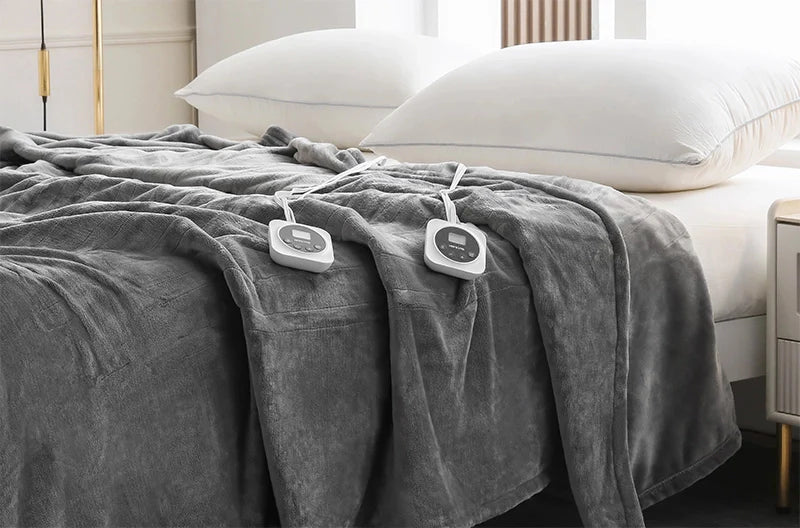
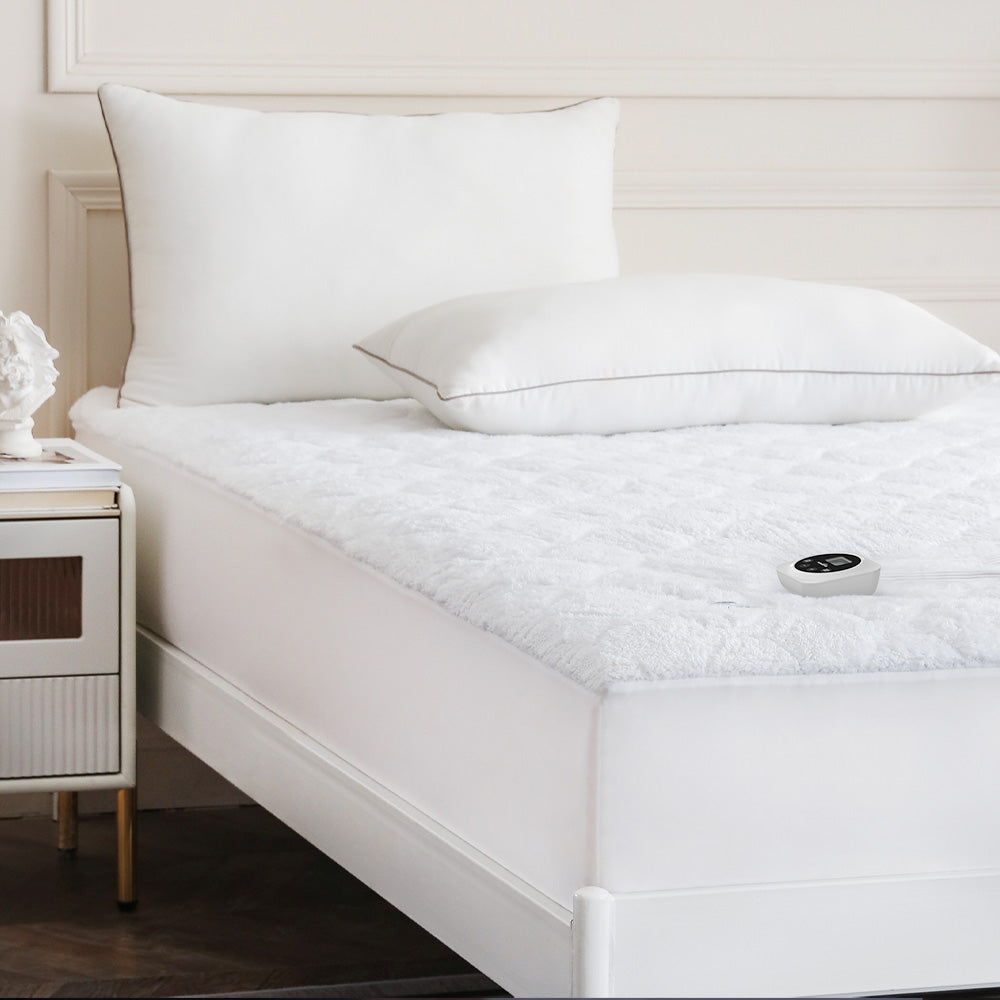
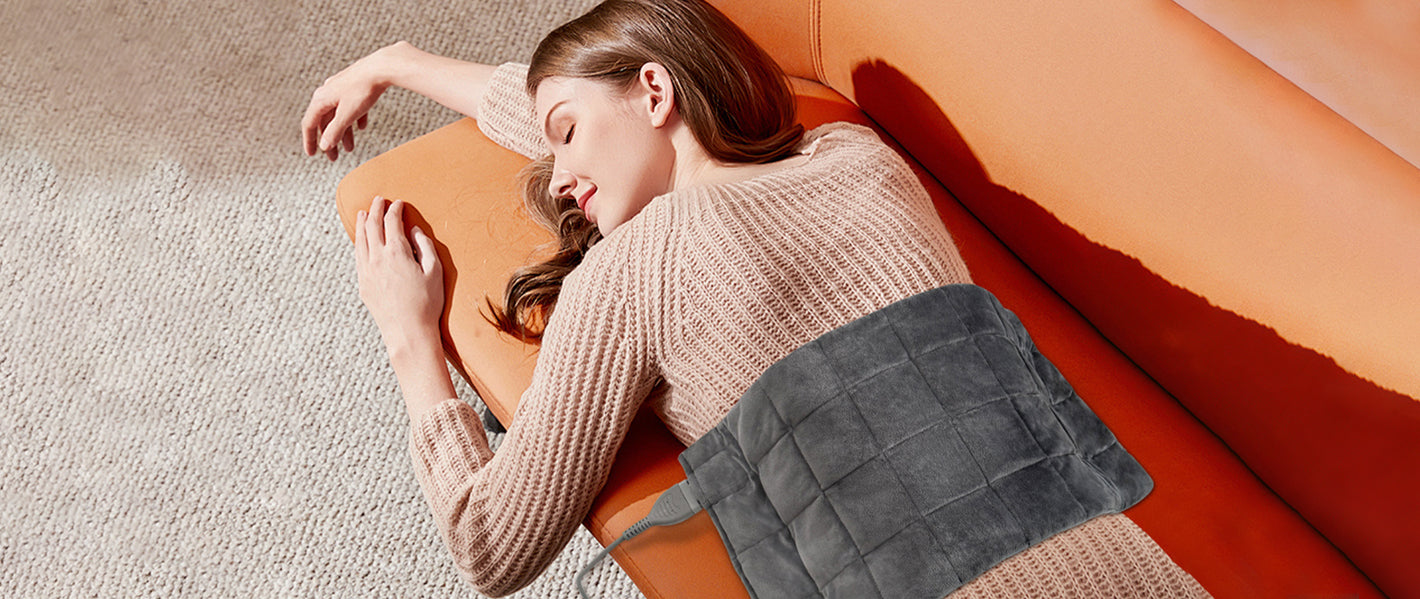
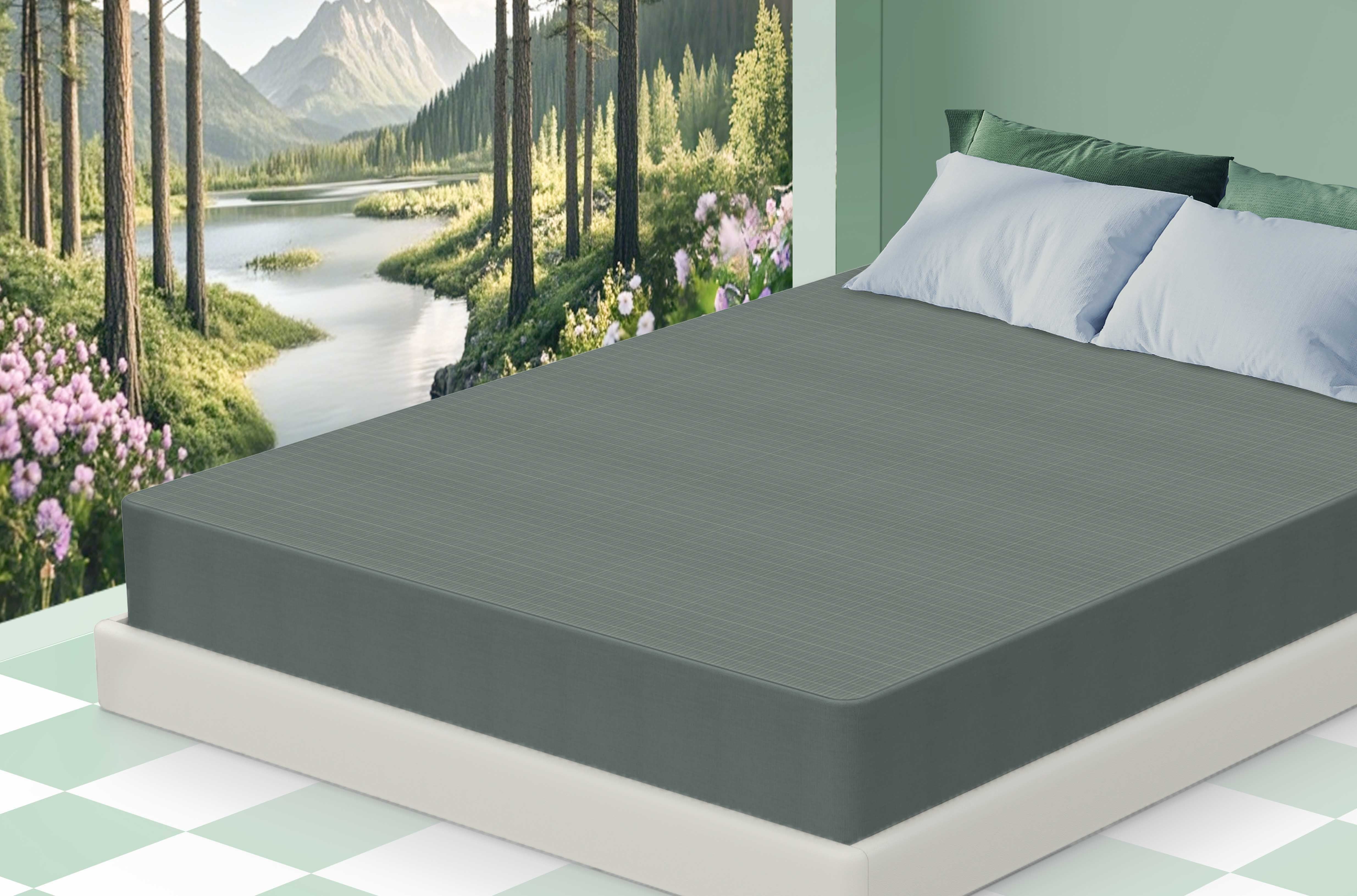
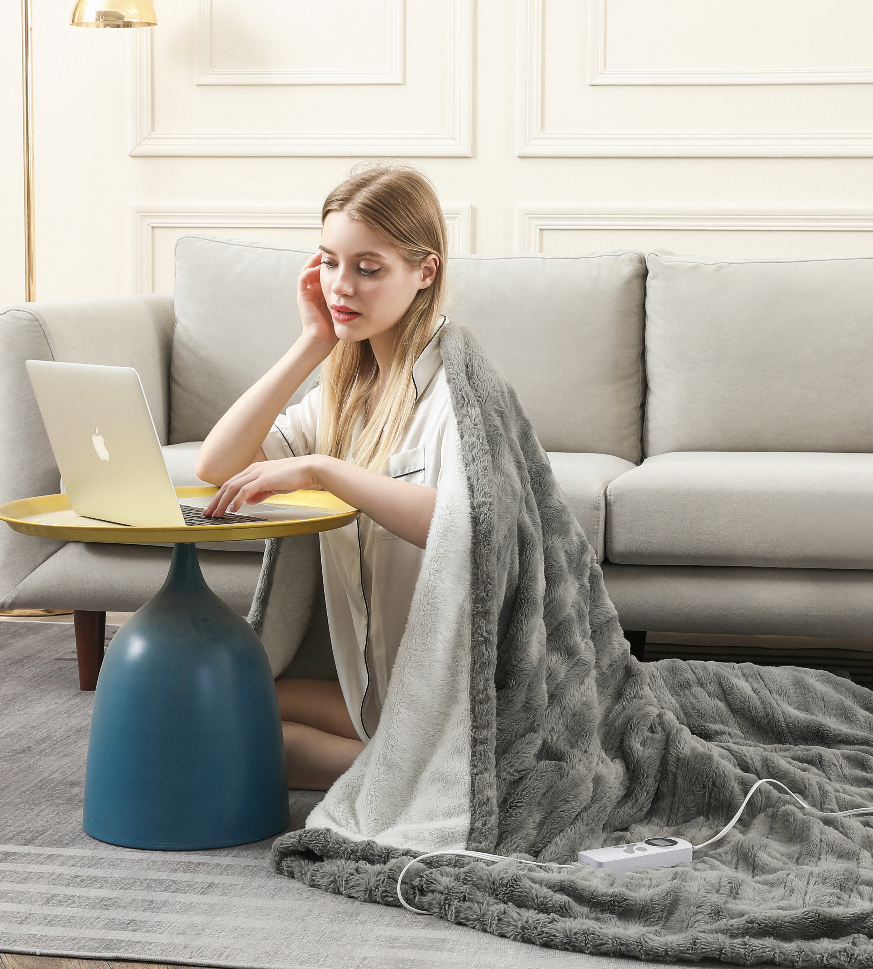

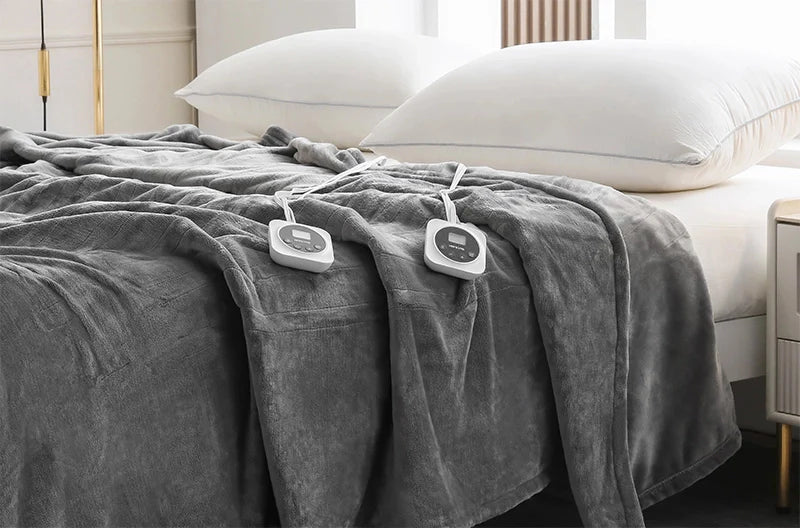
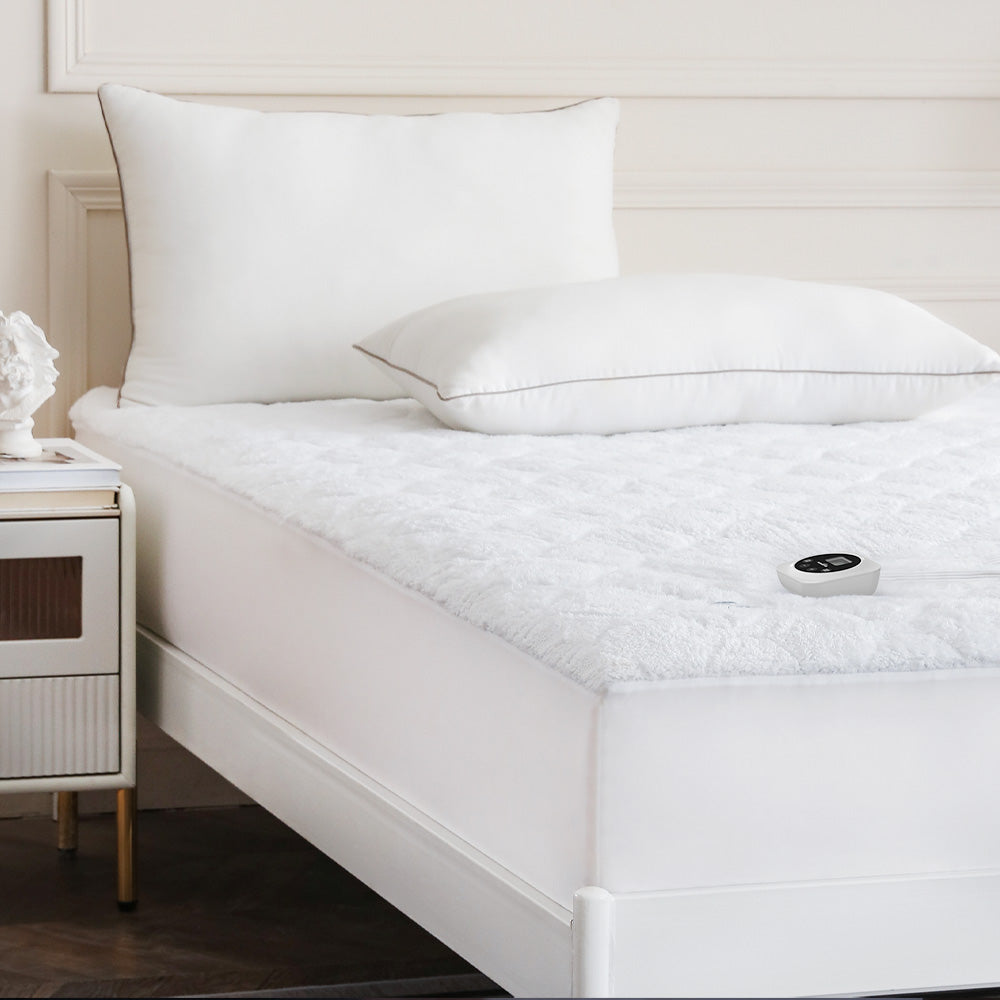
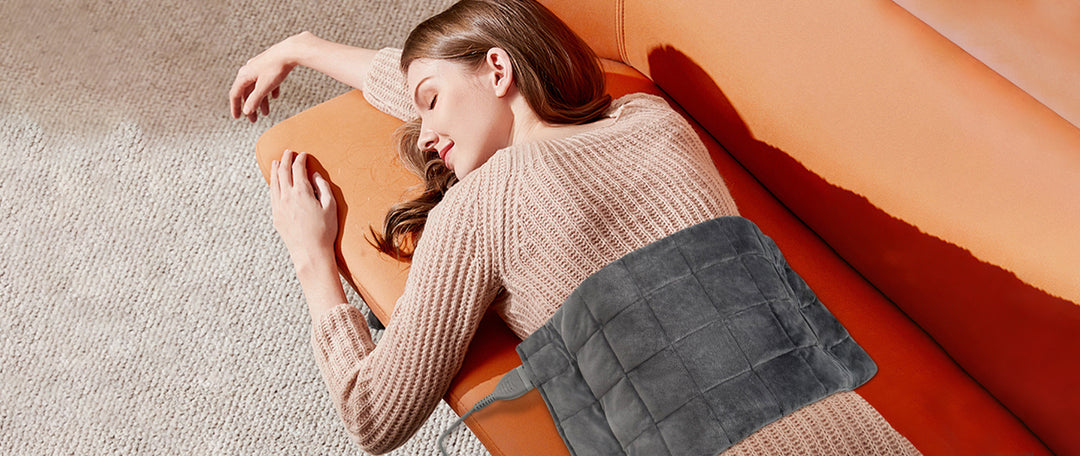
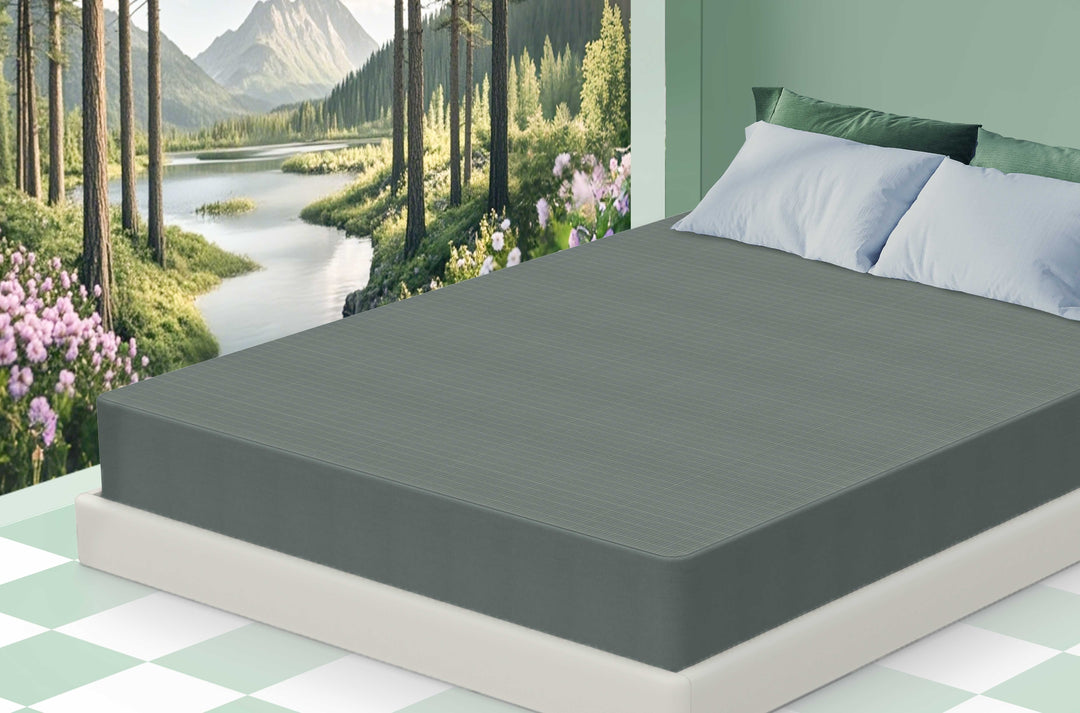



Leave a comment